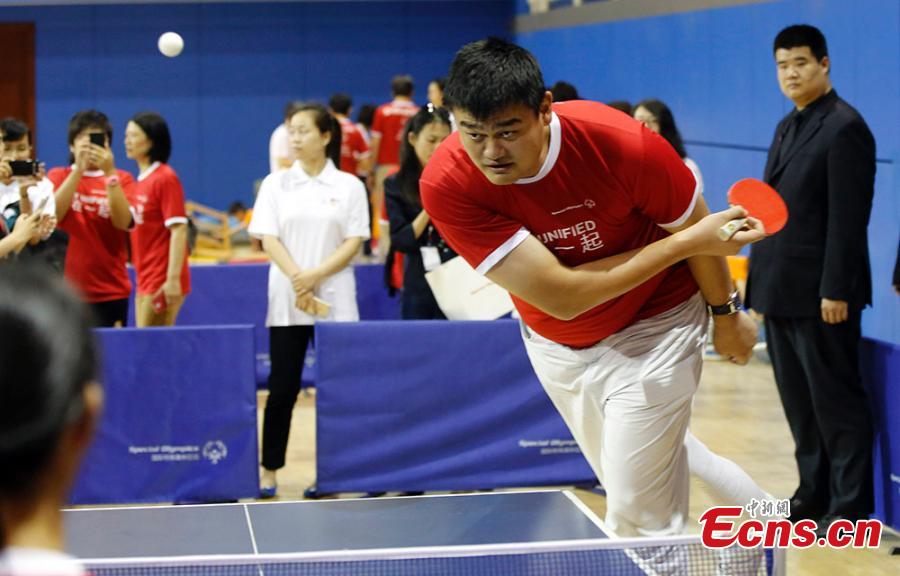BEIJING -- Young unmarried migrant women are facing a high risk of induced abortions in China and experts urged that they have better access to reproductive health education.
Among the 8 to 10 million induced abortions performed on the mainland each year, nearly 47 percent involve unmarried women younger than 25, according to Cheng Linan, director of the center for clinical research and training of the Shanghai Institute of Planned Parenthood Research.
The statistics are based on the results from a recent nationwide survey.
"The rising trend of induced abortions is even more evident among migrants who usually have poor awareness and access to reproductive health knowledge and services, particularly about contraception," she said on Saturday at an event to mark World Contraceptive Day, which falls on Sept 26.
A 2008 survey involving more than 50,000 induced abortions in Beijing showed that roughly 70 percent of the women undergoing the procedure were migrants. For many, it was not their first abortion.
According to a nationwide study by the Chinese Medical Association (CMA), of all women having received induced abortions, nearly 56 percent had two operations and 13.5 percent had three or more.
"That not only causes the women certain physical or mental problems, but it also gives the country a huge economic burden of more than 3 billion yuan" or about $470 million, she said.
Among Chinese women who became infertile, more than 88 percent previously had an induced abortion, a study conducted in 2007 showed.
Other potential health hazards include hemorrhage, uterine or pelvic infection, uterine perforation and cervical laceration.
Apart from low awareness, poor access to professional consultations on contraception, particularly among single young women, is mainly the problem.
A 2011 survey by the CMA found that about 44 percent of those polled said they had difficulty accessing scientifically correct contraceptive information, compared with a global average of 15.5 percent.
Currently, the top three channels to get contraceptive information in China are the Internet, reproductive health education materials and magazines, it found.
However, up to 88 percent of the respondents still expressed confusion about contraceptive methods. Condoms and oral contraceptives are the most widely used kinds.
About half the respondents said they had acquaintances facing unintended pregnancies and during the past year, 44 percent of the females surveyed had taken morning after pills. Among single women suffering failed birth control, 39 percent used the rhythm method or withdrawal, nearly 33 percent used condoms, and about 19 percent took morning after pills.
A doctor surnamed Fang with the Beijing Obstetrics and Gynecology Hospital said: "We had from time to time teenage girls having an abortion who had little knowledge of contraception."
As with most Asians, the biggest obstacle for the Chinese to obtain such knowledge is that they are shy talking about sex in public and don't usually have sex education in school, said Qin Guoying, secretary-general of the China Women's Development Foundation.
To address the issue, the foundation formed an alliance with the CMA, with funding support from Germany-based pharmaceutical company Bayer, to pilot post-abortion care (PAC) in China.
PAC is a worldwide strategy to address abortion problems by treating women with complications and providing family planning knowledge to prevent future abortions.
As of 2001, more than 40 countries worldwide were using PAC, which has lowered repeated induced abortions by 25 to 50 percent, international studies show.
According to Cheng, well-trained nurses in gynecology and obstetrics departments are best-suited to deliver the service.
After an induced abortion, women are kept for medical observation for a while and nurses can approach them to disseminate the information, she said.

















